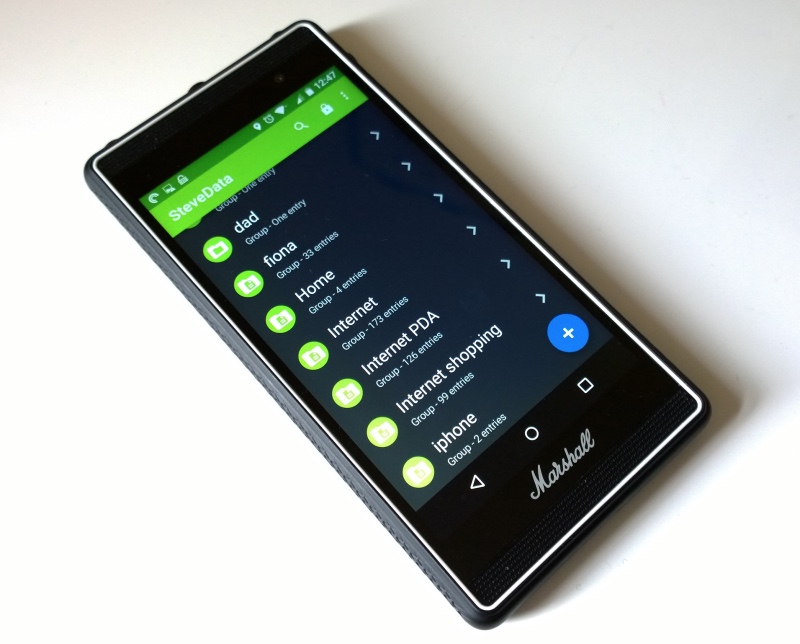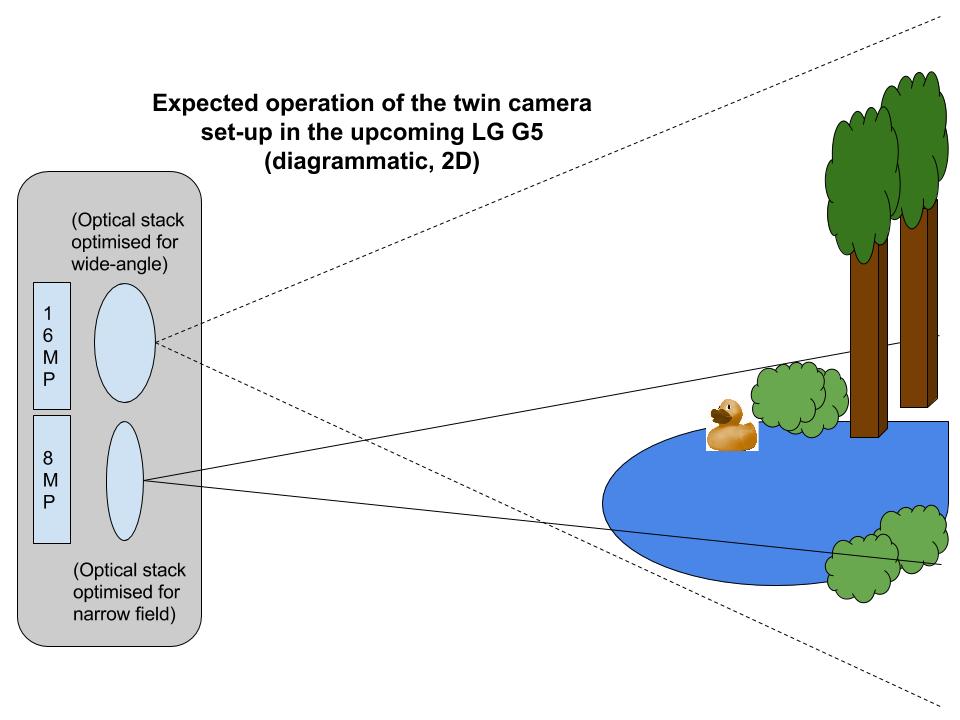![]()
The launch of Google Pixel and Pixel XL has stirred quite a controversy in many online forums. Not only did Google put an end to its renowned Nexus line of devices, but its new Pixel smartphones also have an iPhone-like pricing that has not gone down well with Nexus lovers.
My tryst with the Nexus lineup started with the Galaxy Nexus, and since then if there is one phone that I look forward to being launched every year, it’s the Nexus. While I am okay with the company killing off its Nexus brand this year, I can’t help but feel disappointed with the Pixel and Pixel XL.
Made by Google HTC?
Google proudly says that the Pixel and Pixel XL are #madebyGoogle, which means that unlike previous Nexus devices, Google had full control over the design and internals of the two devices. However, ask anyone who knows a fair bit about the smartphone market and it is all but clear that the Pixel looks very similar to the HTC 10. Yes, there are no chamfered edges at the rear on the Pixels, but from the front — especially in white — both phones (HTC 10 and Pixel) look like they come from the same design family.
![]()
This is not surprising since HTC is the one manufacturing the Pixel and Pixel XL for Google. The company’s devices are known for their huge bezels (remember the black ‘HTC’ strip on the One M7/M8?), and that shows on the Pixel and Pixel XL as well. The HTC 10 also has significant bezel space surrounding its display, but HTC made up for it by switching to capacitive navigation keys and by offering stereo speakers. On the Pixel XL, the huge bezels don’t provide any extra functionality. The fingerprint scanner is located at the rear, the devices come with on-screen navigation buttons, and more importantly, they lack stereo speakers. Google has been using front facing speakers on its Nexus devices right since the Nexus 6 in 2014, so it is surprising and shocking to see the company dropping it in favour of a bottom-firing mono speaker, especially since the iPhone 7 comes with stereo speakers and Google directly wants to compete with Apple this time around.
The huge bezels surrounding the display can be chalked down to personal preference, though. Most consumers put little thought to it, with only smartphone enthusiasts asking for minimal bezels on phones.
The iPhone-like pricing
Let’s talk about the price. The Pixel and Pixel XL prices on the same level as the iPhone 7 and iPhone 7 Plus. The iPhone 7 justifies its price by coming with a water-resistant body, an excellent 12MP shooter with optical zoom no less, and the best IPS display found on a smartphone. The Pixel XL, in comparison, only comes with an IP53 rating that makes it splash-proof till a certain angle and while DxOMark has highly praised the 12MP shooter of the handset, there is no getting around the fact that it lacks OIS and optical zoom.
![]()
The only other smartphone in the market that priced on almost the same level as the iPhone is Samsung’s Galaxy Note 7. If one ignores the defective battery issue, the Note 7 offers the best smartphone display that is curved on its edges, a beautiful glass design that is also water-resistant, a stylus, an iris scanner, and a great 12MP rear shooter with OIS. The presence of a microSD card slot will also be beneficial for many.
The only other two phones that launched with iPhone-like pricing were the HTC 10 and LG G5 both of which have been largely forgotten by the public. Like the Pixel, the HTC 10 and LG G5 offer great displays, cameras, and the phones also manage to stand out by offering excellent audio quality. The G5’s modular design did not go down well with consumers and compared to Motorola’s Moto Mods; it is shoddily implemented.
Google is going to spend millions on advertising and pushing the Pixel and Pixel XL this time around. Like Apple and Samsung, the company wants to sell smartphones over which they have full control — right from their design to the components that go into it. On paper, this idea sounds great as well. Google already has complete control over Android so its phones are always going to be among the first to get security and Android updates. Plus, they will offer better performance than other Android phones in the market due to the low-level optimisations that Google would be able to do.
But the Pixel and Pixel XL are a disappointing attempt from the company in achieving its goals. The handsets have done away with almost all the strengths of a Nexus device and offer little to command an iPhone-level like pricing.
The smartphone market is not what it was a few years ago. For $400, you get an excellent smartphone like the OnePlus 3 that will easily fulfil the needs of a majority of consumers. And as for quick Android updates, while buying a Pixel will ensure you get the latest version of Android on your device as soon as it is released, the ecosystem will still take more than a few months to catch-up.
To make matters worse, it looks like Google will not be releasing Android 7.1 to AOSP anytime soon especially since existing Nexus devices are only going to get the developer preview build of the OS before the end of the year. Without an AOSP release, third-party custom ROM support for the Pixel and XL will be heavily hampered.
Verizon’s Pixel
In a bid to get the phone to as many consumers as possible, Google will be selling the Pixel through Verizon’s network in the United States as well. The last time Google sold a Nexus device through Verizon was the Galaxy Nexus in 2011 and that device eventually turned out to be a huge blunder. Not only did Verizon units of the Galaxy Nexus come with bloatware pre-installed, Android updates for them were frequently delayed by over a few months.
Five years down the line, and it looks like things are going to remain the same with the Pixel this year. It has already been confirmed that Verizon itself will be handling Android updates for Pixel units sold through it, while security updates will be handled by Google. The handsets will also auto-download some apps from the Google Play Store on first boot that can only be disabled and not uninstalled. And not to forget, the bootloader of Verizon’s Pixel units will not be unlockable.
![]()
Update: Verizon has confirmed to us that the Pixel and Pixel XL will come with 3 Verizon apps pre-installed that can be uninstalled completely, and not just disabled. The carrier has also confirmed that it will be rolling out software updates for the Pixel at the same time as Google.
Not all is doomed…
The Pixel and Pixel XL might not be an impressive attempt from Google at making its own smartphones, but it will benefit the company eventually. Now that Google has millions of dollars invested in supply chain and marketing, the success or failure of its phones will start to matter as its bottom line will be affected. In the long run, Google will learn from the mistakes it makes with every new device released and will improve upon that with its next iteration — it has to. Otherwise, it’s not going to sell the phones in sustainable numbers. The smartphone market is saturating at the higher-end and major OEMs like Samsung and Apple are upping their game by coming with some new features with their flagship devices every year.
Google entering the smartphone market head on will also lead other Android OEMs to start investing more resources in quickly updating their devices to the latest version of Android. Overall, Google’s decision to build its phones itself will benefit the Android ecosystem overall, even though the Pixel and Pixel Xl are likely looking like a flop.









